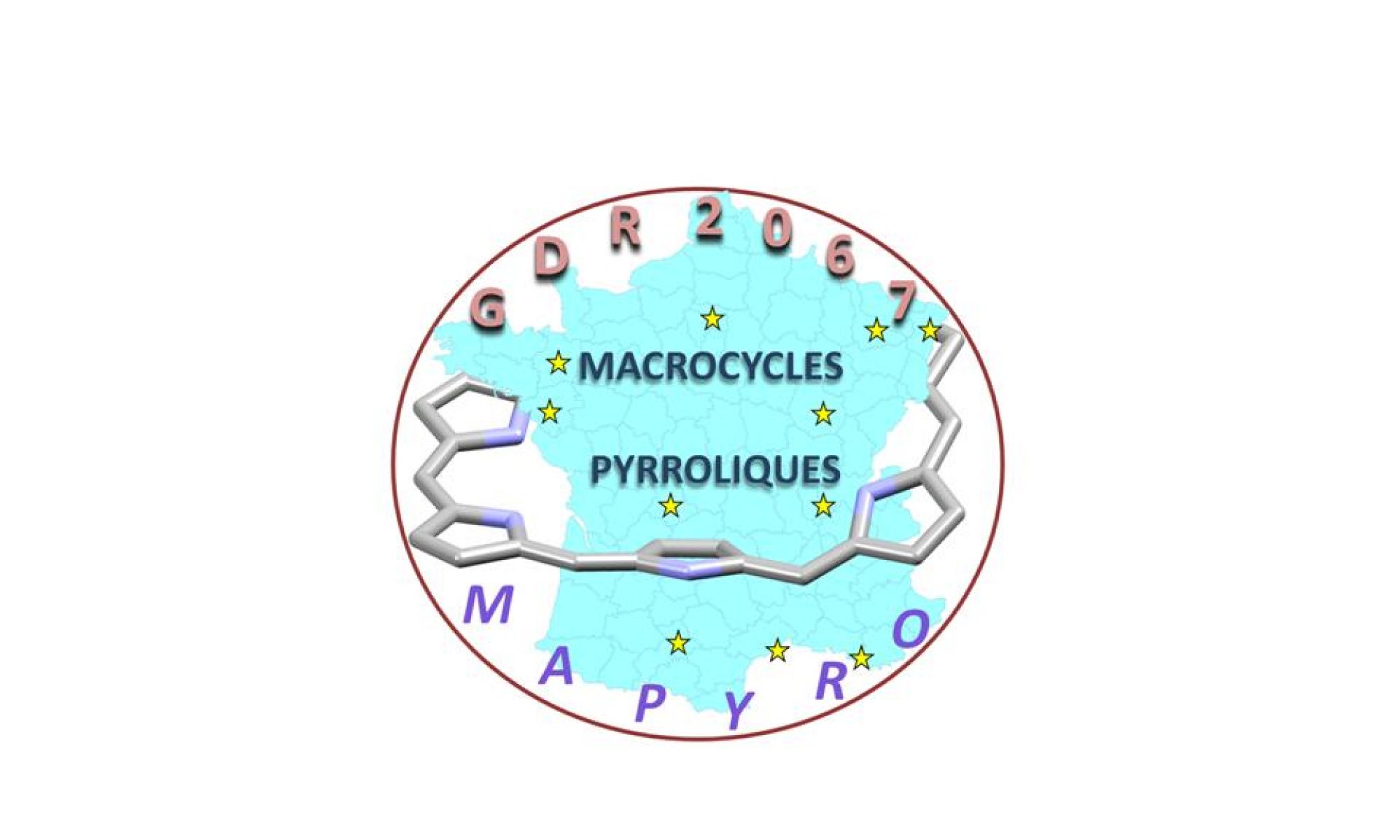Find a remarkable paper (not authored by your group) ??
Send us the PDF and a short comment on why it is remarkable. If approved by the board it will be posted online
Need to comment? use the post-number
Post 1: March 13th 2022: Review by M. Senge on the shape of porphyrins : structure-properties relationships (Submitted by C. Gros who finds this review quite exhaustive)
Post 2: March 13th 2022: Review by M. Senge on porphyrin and porphyrinoid
total synthesis and biosynthesis (Submitted by C. Gros who finds this review quite exhaustive)
Post 3: April 7th 2022: Inorg. Chem. 1 et Inorg. Chem. 2 Two articles from the group of J. Mayer (Yale) describing an in-depth study of the role played by charged substitutents in the second coordination sphere of an iron porphyrin (Fe(o-TMA)) known for its catalytic properties in the reduction of CO2 or O2. These results are an exceptional contribution to the design of ligands bearing electrostatic substituents which are trendy in molecular catalytic processes and metal complex reactivity in general.
Post 4: June 17th 2022 (by Bernard Boitrel) Ceux qui s’intéressent de près à l’analyse des déformations des porphyrines ont très certainement apprécié l’alerte de Claude Gros concernant le travail de M. Senge (Dublin) relatif à la mise en ligne d’une nouvelle version de NSD, initialement publié par Shelnutt en 1994. En effet, depuis 2014, NSD original n’était plus accessible en ligne…
Le problème de NSD est qu’il est limité au macrocycles porphyriniques réguliers.
Voici une nouvelle contribution de M. Broering (Université de Braunschweig), avec “PorphyStruct” qui a l’avantage d’être plus flexible et de travailler sur les porphyrines, corroles, norcorroles, porphycènes et corphycènes, bref à peu près tous les macrocycles TETRA-pyrroliques.
J’ai téléchargé le logiciel ; je vais essayer de le tester en détails.
Bonne lecture.
Post 5: April 6th, 2022 (by Philippe Arnoux)
Thanks to a piece of specific equipment installed on the TEMPO beamline by Sorbonne University, researchers from the University of Trieste have shown that the presence of oxygen gas facilitates the porphyrin metalation step, which can thus take place at room temperature.
This result allows to consider new processes of metallization of organic structures on surfaces and, in the case of metalloporphyrins, could lead to the synthesis of molecules used for example for photocatalysis (conversion of solar energy), the production of hydrogen from water (water splitting), the design of biosensors ….
Publication dans Angew. Chem. Int. Ed. 2021, 60, 25988 – 25993
Post 6: February 17th 2023 (by Jean Weiss)
A remakable new porphyrin-based MOF containing Zr(IV) and Ti(IV) for efficient water splitting in the absence of noble metals or sacrificial donors. The paper originates from the group of GDR members (LMI) collaborating with research groups from Spain and Ireland.
Publication in Journal of Materials Chemistry A 2022, 10, 24938-24950
Post 7: March 7th (by Claude Gros)
New book: FUNDAMENTALS OF PORPHYRIN CHEMISTRY
An indispensable and concise overview of the chemistry of porphyrins and related molecules. Authored by Penny Brothers and Mathias Senge
Editors Wiley. For more information click here
Post 8: March 7th (by Claude Gros)
A Special Issue of Chem. Soc. Rev.
Trends and Challenges in Porphyrinoid Chemistry
For the die-hard fans of the 4-electron reduction of dioxygen by an iron porphyrin, a very complete review of what has already been achieved via the second sphere effects (published in Chem. Rev. 2022, 122, 12370-12426. While reading it, I realized that it takes about 20-25 years to see one’s own work cited and recognized, especially when it goes against the grain.
